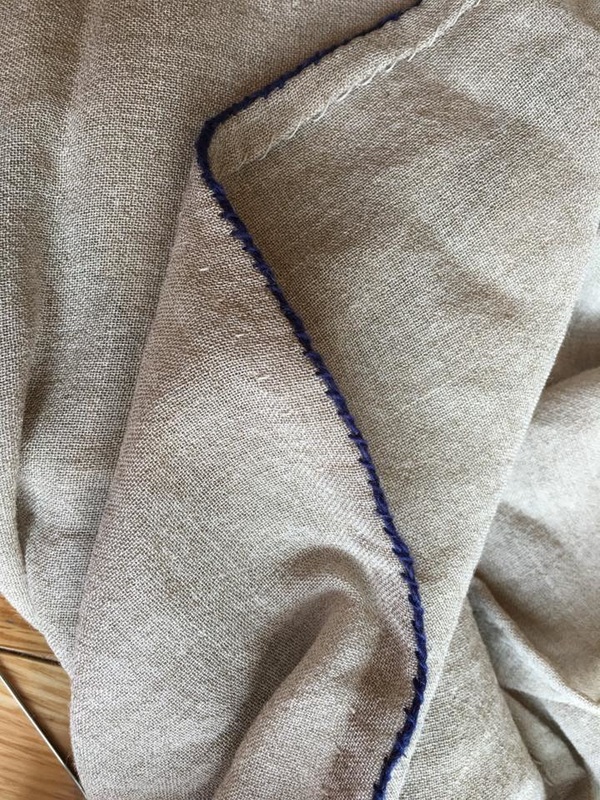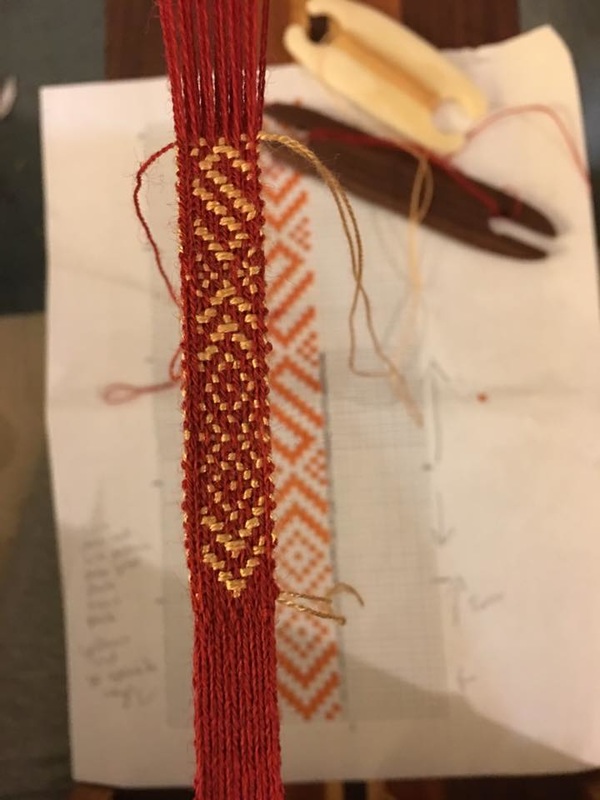I know that a great many artisans feel that they absolutely must compete to be seen. I do understand that in some Kingdoms there is more emphasis on competitions than others, but I do not think any if them have a hard requirement for competitions to become eligible for awards. It might be easier if you opt to compete, but if you choose not to there are certainly other ways to share your arts.
- Open Displays: Personally, I rarely choose to compete, but love instead to participate in open displays. These often allow you to share works-in-progress or projects that might not make for very good competition entries. They also give you a chance to interact with those interested in your works, creating a pathway of communication rather than just static documentation sitting with your item/s. I find displays very interesting and engaging whether I am displaying or just an observer.
- Teaching: This one goes without saying. Teaching is one of the best ways to share your work with those interested in a particular process or topic. This can be one on one or in classes.
- Roundtables: Rather than having one person share their knowledge, this is a means of allowing artisans to collectively discuss experiences with each other. This is a great venue to get help overcoming an obstacle in process or research.
- Artisans' Row: This type of display usually has a focus whether it is wood working or all things 16th century. Here people who have similar interests can set up in an area and work on projects while chatting with each other and those who come to see the display. It combines the best of all three of the above outlets, in my opinion.
Is there no A&S Display at an event? Talk to the event coordinators and see if there is space. They might be willing to have an open display, but do not yet have the staff to manage it. If they have put out a call for teachers, enlist! Maybe your class does not work well in a traditional class room setting but you want to teach, contact the A&S coordinators for events to see if they can accommodate that. Things like Weed Walks do not use class space, but are often well attended at Pennsic. Other things that might interest people would be living history displays in a period encampment, where people might come to see daily life of a certain time and place.
Competitions are not (and should not be) the only way to share your work with the populace. There are other options (and I am sure that there are far more than those I have shared here). Creating engaging opportunities in the arts is a fantastic way garner interest and expand the arts in the SCA. (If you have any other ideas, please share them in the comments!)


 RSS Feed
RSS Feed